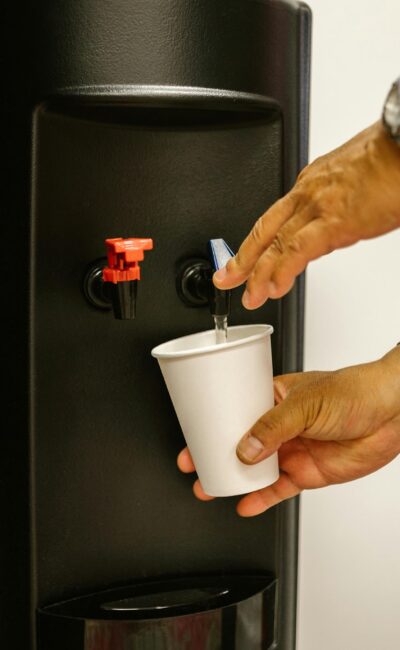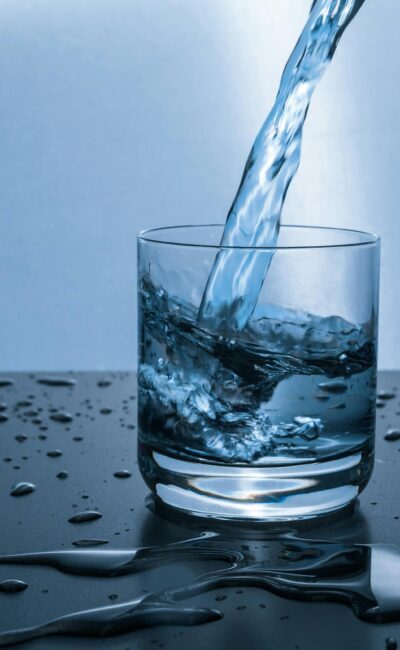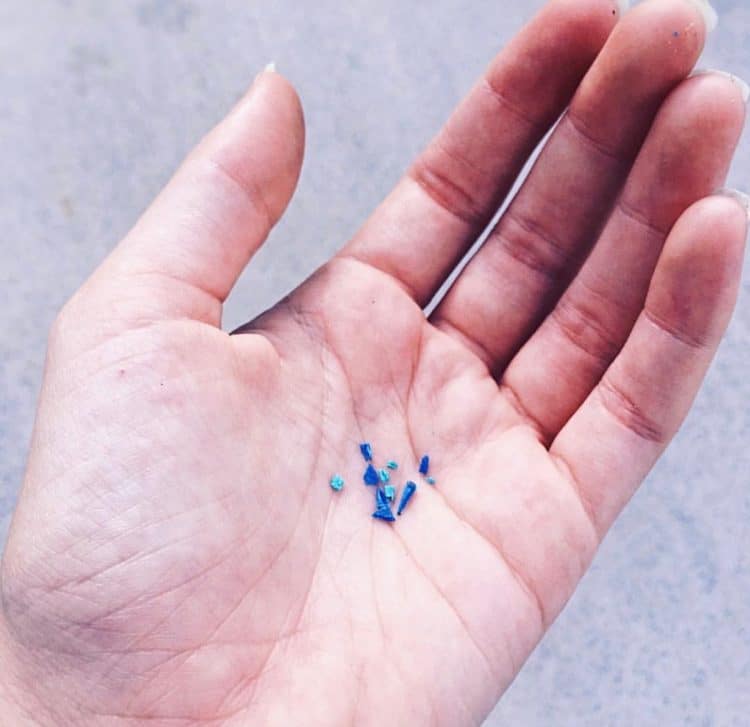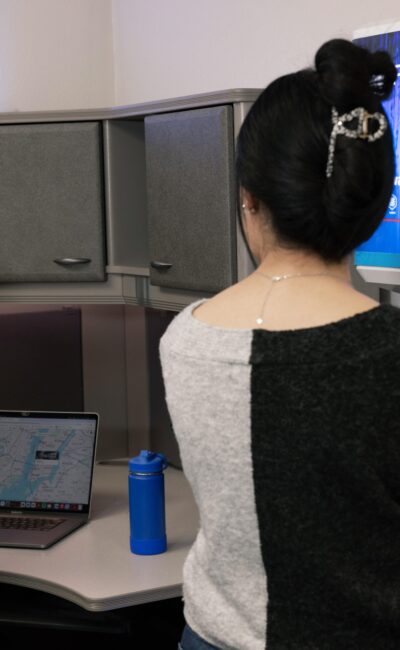Students spend the majority of their time at school or participating in school-related activities. Students should have access to free safe drinking water at all times. There are several programs and standards in place that require water in schools for meal times mealtimes as per the Healthy, Hunger-Free Kids Act of 2010. However, it’s also necessary to provide education for students about the benefits of hydration and why it’s important to drink water regularly.
Unfortunately, access to safe water in schools is still a problem for millions of students. Flint, Michigan has been one of the top cities in the country to experience poor water conditions for several years. In 2018, Detroit public schools turned off their water fountains because of concern over high levels of lead and/or copper in the water.
The problem in Detroit is one example of the growing number of problems school districts have when it comes to providing clean water for students and staff. In a country-wide survey conducted by the Government Accountability Office, it revealed:
- 41 percent of districts had not tested for lead in the past 12 months before taking the survey
- 43 percent tested for lead, and of the 43 percent, 37 percent found heightened levels.
Although a few states require schools to test for lead, it’s not a government mandate. Exposure to lead and lead consumption may lead to damage to the kidneys and brain and anemia, among other side effects and problems.
The lead comes from the water supply itself or leaches into the water from old water fixtures and pipes. Until they are tested and subsequently replaced or disinfected, it continues to be a dead-end solution for giving students free access to water in schools. As an added problem, disinfectants contain chemicals, which doesn’t make it a favored solution, leaving many schools turning to bottled water as the quick fix.
Why Bottled Water Isn’t a Sustainable Solution
In cities where water pipes are being worked on or replaced, bottled water has been the answer. However, this creates its own set of issues that aren’t beneficial in the long-term. Plastic waste is an increasingly discussed topic of concern across the world. It’s harmful to wildlife and disrupts the ecosystem. It’s reported by 2050 there’ll be more plastic in the oceans than fish, a large part stemming from plastic water bottles.
Additionally, when single-use water bottles are passed out at schools, it limits the amount students can drink per day based on the allowed allotment. Limited, single-use water bottles discourage students from wanting to drink more water, and they’ll likely choose to drink sodas or sports drinks as an alternative, neither of which are part of a balanced diet or beneficial to the environment. Finally, the cost and inconvenience of constantly having to order and distribute bottled water to an entire school doesn’t make sense as an ongoing plan.
Fortunately, there’s a sustainable solution to get clean water in schools again. Through FloWater’s purified water dispenser, students can have access to clean water that tastes good, eliminates the need for plastic bottles, and is convenient for them to get daily. By installing these refill stations in areas of the school with the most traffic, it helps to promote hydration and gives kids a reason to drink more water. FloWater customer research shows a 250% average increase in clean water consumption.
Benefits of FloWater’s Water Refill Stations
Many school districts have drinking fountains dispensing water that’s not suitable to drink. Fountain water often smells or tastes unpleasant, and isn’t a reliable source of hydration. Because most drinking fountains are old, often malfunction, or are too dirty to use. FloWater answers these problems through technology found in one energy-efficient water station.
Great-Tasting Purified Water On-Demand
Tap water is filtered through an advanced purification process that removes up to 99% of contaminants and odors. The water is improved upon with the addition of a proprietary blend of minerals and electrolytes and then finished with an organic coconut carbon filter to result in its fresh taste.
All of this is achievable without the need for plastic bottles, which helps to reduce the overall amount of plastic waste found on campuses. By promoting the use of reusable water containers, it allows students to contribute to the health of the planet, while still getting access to water they need.
Minimal Maintenance Required
The hydration station requires little to no maintenance and can serve a high capacity of people without changing its level of output. A hidden catchment tray and recessed nozzle keeps the dispensing area cleaner and freer of germs than a water fountain. Additionally, the tanks go through a self-sanitization process with the help of activated oxygen.
Every drop that comes out of the station’s nozzle is pure, crisp water that’s enjoyable to drink. Since it refills automatically, there is always fresh, flowing water available at all times. Since the water tastes great, it also encourages better water drinking habits in schools and limits the amount of sugary beverages students drink per day.
Convenient Source of Hydration
Drinking water as a primary source of hydration and factors into how well a student performs in school. Dehydration is linked to fatigue, cramping. It can make people more susceptible to sickness; thus, having an adverse chain reaction that affects student’s studies, athletic activities, and overall attendance and participation with school-related functions.
A refill station gives students easy access to free, filtered water whenever they want it. It’s fast fill-up time and open dispensing space, which can hold water containers of any size, is convenient for students who are constantly in a hurry. As a premium, sustainable solution for schools, it meets students’ needs at all levels. It provides cold, refreshing water on an on-demand basis, reduces the amount of plastic waste, and gives a better alternative to what’s often found in the tap or the vending machine.
How Does FloWater Water Get its Crisp Taste?
The seven-step purification process leads to crisp-tasting water that students like. Customer research shows 86% prefer the taste of FloWater over water from drinking fountains. That’s because FloWater goes through filters that purify, improve, and add to the finished taste of the water. Their functions are as follows:
- Sediment filter – Catches solid impurities, dust, and rust that exist in the tap water or pipes, such as lead or copper
- Carbon filter – Eliminates smaller particles including chlorine and radon, in addition to removing unpleasant odors and tastes
- Advanced osmosis – A semi-permeable membrane captures any remaining pollutants such as bacteria, pesticides, or viruses and is five times more efficient than anything else available
- Activated oxygen – This step sanitizes the tanks and internal system and also increases the amount of oxygen in the water
- Alkaline – Neutralizes acidity by ten trace minerals added to the water, which raises the pH level
- Electrolytes – Following the first purification steps, electrolytes are added back into the water to help with cell repair and bone strength
- Coconut carbon – To finish, water is passed through a filter made of real coconut husks that absorbs any last taste, odors, or particles
After the water has been transformed, it’s then chilled to the perfect temperature of 42 degrees and is available to enjoy right away. The multi-filtration process ensures a delicious, refreshing taste that encourages people to drink more water more often.
Educating Students About The Importance of Hydration
Educating students on the importance of hydration is key. Many believe they’re getting an adequate amount of water daily, when, in actuality, the statistics show the majority is not. Analyzed data from the National Library of Medicine shows more than half of U.S. students aren’t adequately hydrated, and almost a quarter of children never drink plain water, which poses a health concern.
Staying hydrated by drinking purified water helps people maintain a healthy weight, supports cognitive function, and doesn’t have the additives, calories, or sugars of other beverages. It’s been reviewed that most schools teach the importance of water consumption. However, there’s a discrepancy in how much water students drink. It’s most likely due to the fact that their water source is contaminated, kids don’t like the taste of their provided water, or they choose to drink soda instead.
Giving students access to free, filtered water bottle filling stations in schools promotes good habits and serves as a reminder for anyone who doesn’t drink as much water as they should. A general rule of thumb is to drink eight, 8-ounce. glasses a day, an easy feat when you consider an average bottle of water is over 16 ounces, and reusable water containers are typically more than that. School-sponsored educational events and “drink more water” campaigns help to promote the benefits of hydration.
Schools that are using a FloWater dispenser now have a sustainable solution that provides students with clean water at all times without having to worry about old water systems or adding more plastic waste to the planet. Water dispensing stations are becoming more popular as the go-to source of hydration and are popping up airports, hotels, workplaces, and other areas where a large number of people need to be served daily. It only makes sense for schools to follow suit.
Sources:
https://www.cdc.gov/healthyschools/npao/wateraccess.htm
https://www.nbcnews.com/health/health-news/lead-water-study-shows-many-schools-have-fa
https://www.ncbi.nlm.nih.gov/pmc/articles/PMC6389728/




